Home>Garden Essentials>How To Take Care Of Fake Grass
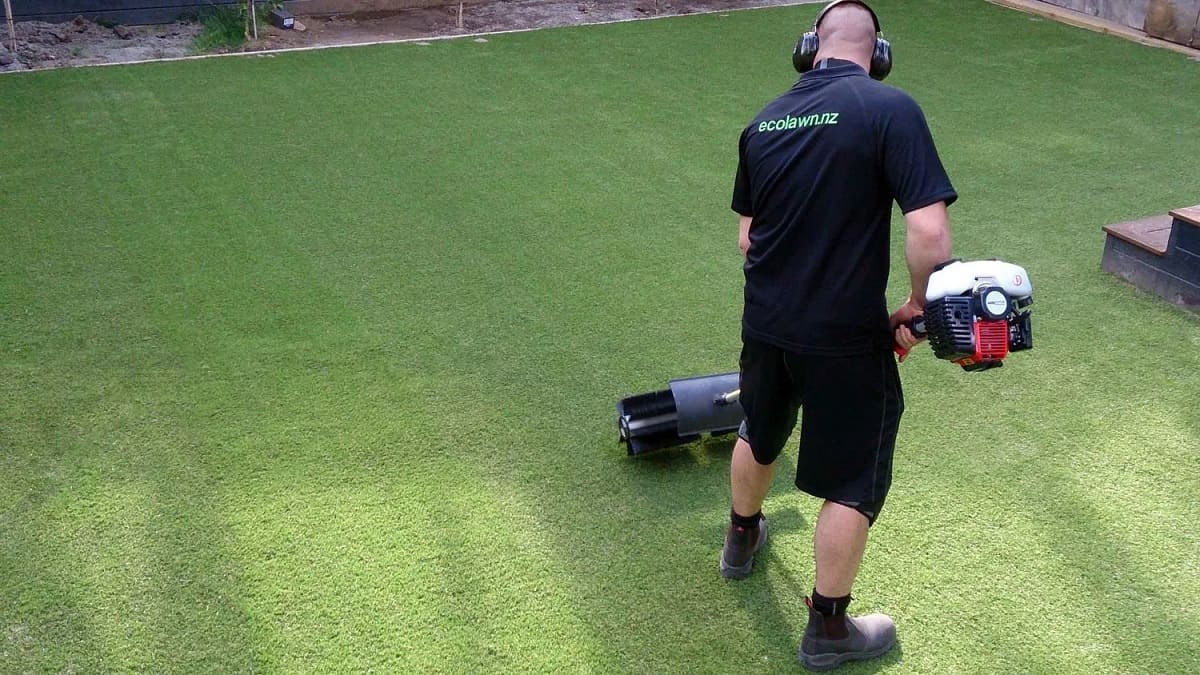

Garden Essentials
How To Take Care Of Fake Grass
Modified: September 2, 2024
Learn how to maintain and care for your garden's fake grass with our comprehensive guide. Keep your garden looking lush and green all year round.
(Many of the links in this article redirect to a specific reviewed product. Your purchase of these products through affiliate links helps to generate commission for Storables.com, at no extra cost. Learn more)
Introduction
Fake grass, also known as artificial turf or synthetic grass, has become an increasingly popular choice for homeowners looking to create a low-maintenance and visually appealing garden. Unlike natural grass, fake grass does not require mowing, watering, or fertilizing, making it an attractive option for those with busy schedules or minimal gardening experience.
In addition to its convenience, fake grass offers numerous benefits that make it a compelling alternative to real grass. It provides a lush and green appearance year-round, regardless of weather conditions or foot traffic. It is also more durable and resistant to wear and tear, making it an ideal choice for high-traffic areas or families with children and pets.
One of the primary reasons why many people choose fake grass is its cost-effectiveness. While the initial installation cost may be higher than that of real grass, the long-term savings can be significant. With fake grass, there is no need to spend money on irrigation systems, pesticides, fertilizers, or frequent reseeding.
Fake grass is also an eco-friendly option. By eliminating the need for watering and chemical maintenance, it conserves water and reduces pollution from fertilizers and pesticides. Additionally, since it does not require mowing, it helps to reduce noise pollution and the carbon emissions associated with lawnmowers.
In this article, we will explore the various aspects of taking care of fake grass to ensure it remains in optimal condition and retains its natural-looking beauty. Whether you have recently installed fake grass or are considering it as an option, this guide will provide you with the knowledge and techniques to keep your artificial turf looking its best.
Key Takeaways:
- Fake grass is a low-maintenance, durable, and cost-effective alternative to real grass. It stays green year-round, conserves water, and eliminates the need for harmful chemicals, making it an eco-friendly choice for a beautiful garden.
- Proper care and maintenance, including initial installation, regular cleaning, preventing damage, managing pet waste, seasonal care, and having the right tools, are essential for keeping fake grass vibrant and long-lasting.
Read more: What Is Fake Grass
Why Choose Fake Grass?
When considering options for your garden, fake grass offers a range of benefits that make it a compelling choice for many homeowners. Let’s explore some of the key advantages of opting for fake grass:
Benefits of fake grass:
- Low maintenance: One of the biggest advantages of fake grass is that it requires minimal maintenance. Unlike real grass, which needs regular mowing, watering, and fertilizing, artificial turf only requires occasional cleaning to keep it looking its best.
- Year-round greenery: With fake grass, you can enjoy a vibrant and lush green garden all year long, regardless of the season or weather conditions. Whether it’s scorching heat or heavy rain, your fake grass will maintain its beautiful appearance.
- Water conservation: By opting for fake grass, you can significantly reduce your water consumption. Natural grass requires regular watering to stay healthy, but artificial turf eliminates the need for irrigation, helping to conserve this precious resource.
- Enhanced durability: Fake grass is designed to withstand heavy foot traffic, making it an excellent option for families with children or pets. It can endure playtime, sports activities, and social gatherings without becoming worn or patchy.
- Elimination of chemicals: Maintaining a real grass lawn often involves the use of pesticides, herbicides, and fertilizers. By choosing fake grass, you can create a chemical-free environment, reducing the risk of exposure to harmful substances for both humans and pets.
Cost-effective alternative to real grass:
While the initial installation cost of fake grass may be higher than that of natural turf, it offers significant long-term savings. With artificial grass, you can eliminate the ongoing expenses associated with watering, fertilizing, and regular maintenance. Additionally, the durability of fake grass means you won’t have to spend money on reseeding or repairing bald patches.
Environmental advantages:
Switching to fake grass can have positive environmental impacts. By reducing water consumption, it helps to conserve this valuable resource, especially in areas where water scarcity is a concern. Additionally, the elimination of chemicals used in maintaining real grass contributes to a healthier and safer environment by minimizing pollution and the risk of exposure to harmful substances.
No matter your reasons for choosing fake grass, whether it’s the convenience, cost-effectiveness, or environmental benefits, you can enjoy a beautiful and hassle-free garden throughout the year.
Read more: How To Cut Fake Grass To Size
Initial Maintenance
Before installing fake grass, there are a few essential steps to follow to ensure a successful and long-lasting installation. Let’s take a closer look at the initial maintenance tasks:
Clearing the area:
Start by removing any existing vegetation, rocks, or debris from the area where you plan to install the fake grass. Use a rake or shovel to clear the surface and ensure there are no obstacles that could affect the installation process.
Preparing the ground:
Next, it’s important to prepare the ground to create a stable and level surface for the artificial turf. Begin by compacting the soil using a hand tamper or a plate compactor. This will help to create a solid base and prevent any future sinking or unevenness.
If the soil is particularly soft or prone to drainage issues, consider adding a layer of crushed stone or sand as a base. This will improve drainage and stability, especially in areas with heavy rainfall.
Installing the fake grass:
Once the ground is prepared, you can proceed with the installation of the fake grass. Lay out the artificial turf carefully, ensuring it is placed flat and straight over the prepared area. Trim any excess edges and overlap multiple sections, if necessary, to create a seamless look.
Secure the fake grass in place using landscape staples or adhesive, following the manufacturer’s instructions. Make sure to leave ample room for expansion and contraction, as extreme temperature changes can cause the turf to expand or shrink.
During the initial installation, be mindful of the direction in which you lay the artificial grass to ensure a consistent and natural appearance. Consider the position of sunlight and shadows to achieve the desired visual effect.
By taking these initial maintenance steps, you can lay the foundation for a successful fake grass installation and ensure a durable and visually appealing result.
Read more: How To Make Fake Grass
Regular Cleaning
To keep your fake grass looking fresh and vibrant, regular cleaning is key. By implementing a simple cleaning routine, you can maintain the pristine appearance of your artificial turf. Here are some essential cleaning tasks:
Removing debris and leaves:
Regularly remove any debris, such as leaves, twigs, or small rocks, from the surface of your fake grass. This can be done using a leaf blower, a stiff broom, or a plastic rake. Regular debris removal prevents the accumulation of organic matter, which can lead to discoloration or promote the growth of moss or algae.
Brushing to maintain upright position:
Over time, the fibers of fake grass may become flattened due to foot traffic or the weight of furniture. To maintain the upright position of the grass blades and ensure a natural appearance, use a stiff brush or a power brush to brush against the grain. This will help to lift the fibers and restore their natural resiliency.
It is recommended to brush the fake grass at least once a month, or more frequently in high-traffic areas, to prevent matting and ensure even wear across the lawn.
Treating stains and spillages:
If you encounter stains or spillages on your artificial turf, it’s important to address them promptly to prevent staining or odor. For liquid spills, use a clean towel or paper towel to absorb the excess moisture. Avoid rubbing the spill, as it may spread the stain further.
To clean stains, prepare a mixture of mild detergent or soap with warm water. Gently scrub the affected area using a soft-bristle brush or sponge. Rinse the area thoroughly with clean water to remove any residue. For stubborn stains or odors, you can use specialized artificial grass cleaners or diluted bleach solutions, following the manufacturer’s instructions.
Regular cleaning not only keeps your fake grass looking fresh and inviting but also helps to maintain its longevity. By investing a small amount of time in regular maintenance, you can enjoy a lush and pristine artificial turf for years to come.
Read more: How To Clean Fake Greenery
Preventing Damage
To ensure the long-term durability and beauty of your fake grass, it’s important to take proactive measures to prevent damage. By following these guidelines, you can minimize wear and tear and maintain the integrity of your artificial turf:
Minimizing wear and tear:
While fake grass is designed to withstand heavy foot traffic, reducing excessive use can prolong its lifespan. Encourage family members and guests to use designated pathways or walkways to minimize direct traffic on the artificial turf. By distributing foot traffic evenly across the lawn, you can prevent specific areas from becoming worn or flattened.
Consider using stepping stones or decorative pavers in high-traffic areas to create a clear path and divert additional stress away from the fake grass.
Proper usage of the grass:
Avoid activities that could potentially damage the artificial turf. For example, refrain from dragging or sliding heavy objects, like furniture or equipment, across the fake grass. This can cause friction and lead to the displacement or tearing of the grass fibers.
Additionally, avoid using sharp objects or tools, such as knives or gardening equipment, on the fake grass. These can puncture or cut the turf, compromising its integrity.
Handling heavy furniture and objects:
When placing heavy furniture or objects on your fake grass, take precautions to distribute the weight evenly. Use furniture pads or mats underneath the legs or base to provide support and prevent sinking or imprinting on the artificial turf.
For temporary events or gatherings, it may be advisable to place a layer of plywood or a protective covering underneath furniture to further distribute the weight and prevent damage.
By following these preventive measures, you can minimize the risk of damage to your fake grass and ensure that it remains in pristine condition for years to come. Taking proactive steps to protect the integrity of your artificial turf will help to maximize its lifespan and maintain its aesthetic appeal.
Read more: How To Install Fake Turf
Dealing with Pet Waste
If you have pets, it’s important to establish a plan for dealing with their waste on your fake grass. By implementing proper cleaning and preventive measures, you can ensure the cleanliness of your artificial turf and minimize any odors or damage. Here’s how to handle pet waste:
Cleaning up solid waste:
Regularly remove solid waste from your fake grass to maintain hygiene and prevent odors. Use a plastic bag or pooper scooper to carefully pick up the waste and dispose of it properly in a waste bin. Alternatively, you can use a hose to wash away the waste, ensuring that it doesn’t seep into the grass fibers.
It’s important to promptly clean up solid waste to prevent bacteria growth and potential staining on the artificial turf.
Treating urine odors:
Even if solid waste is properly cleaned, urine odors can still occur on fake grass. To minimize odors and keep your artificial turf smelling fresh, regularly rinse the area with water to dilute the urine. You can also use a mixture of mild soap and water to remove any lingering odor.
Avoid using chemical cleaning agents that may be harmful to pets or disrupt the integrity of the artificial turf. Always follow the manufacturer’s guidelines for cleaning products.
Preventing pet damage:
To prevent potential damage from pets, establish a designated area for them to relieve themselves. Train your pets to use this specific spot, such as a section of gravel or a designated litter box. By training them to use a specific area, you can minimize the wear and tear on the fake grass and make cleaning easier.
Additionally, it’s important to regularly trim your pet’s nails to avoid scratching or tearing the artificial turf. Keeping their nails trimmed can minimize any potential damage caused by their activity on the grass.
By following these guidelines, you can effectively manage and maintain your fake grass in the presence of pets. A clean and odor-free artificial turf will provide a hygienic outdoor space for you and your furry friends to enjoy.
Read more: How To Lay Fake Grass Down
Seasonal Care
Seasonal care is crucial in maintaining the longevity and appearance of your fake grass. Different weather conditions throughout the year may require specific maintenance tasks to keep your artificial turf in optimal condition. Here are some seasonal care tips:
Winter maintenance tips:
In colder climates, winter can bring unique challenges to fake grass. Although artificial turf is designed to withstand extreme weather conditions, some additional care may be needed during winter months:
- Clear snow: Remove snow from your fake grass using a snow shovel or a snow blower. Avoid using metal tools that may damage the turf fibers. Instead, opt for plastic or rubber-edged shovels.
- Prevent ice formation: Use a pet-friendly ice melt product to prevent ice formation on the artificial turf. Avoid using salt-based ice melters, as they can potentially damage the turf fibers.
- Brush after snow removal: After clearing the snow, gently brush the grass fibers with a broom to restore their upright position and eliminate any residual moisture.
Preparing for extreme weather conditions:
In areas with extreme weather conditions like heavy rain, strong winds, or intense heat, it’s important to take proactive steps to protect your fake grass:
- Drainage: Ensure that your artificial turf has proper drainage to prevent water pooling. If needed, create small slopes or install a drainage system to facilitate water flow.
- Anchor the edges: Secure the edges of the fake grass using landscape staples or adhesive to prevent lifting or shifting during strong winds.
- Provide shade: Install shade structures or strategically plant trees or shrubs to provide shade for your artificial turf during intense heat. This can prevent excessive heat buildup that may affect the integrity of the grass.
Spring cleaning and refreshing:
As spring arrives, it’s time to freshen up your fake grass and prepare it for the upcoming year:
- Remove debris: Clear any accumulated debris or fallen leaves from the artificial turf using a broom or a leaf blower.
- Inspect for wear and tear: Check for any signs of damage, such as tears, loose seams, or areas of heavy wear. Address any minor damages promptly to prevent further issues.
- Brush and fluff: Use a brush or power brush to fluff up the grass fibers and restore their natural appearance. This will help to maintain a pristine and even look across the entire lawn.
- Consider refreshing infill: If your artificial turf includes infill material, such as sand or rubber granules, consider refreshing or redistributing it to ensure proper cushioning and support.
By following these seasonal care tips, you can keep your fake grass in excellent condition year-round and ensure its longevity and visual appeal.
Read more: When Was Fake Grass Invented
Repair and Maintenance Tools
To properly care for your fake grass and address any damages that may occur over time, it’s helpful to have the right set of tools at your disposal. Here are some essential tools for fake grass care and maintenance:
Essential tools for fake grass care:
- Broom or power brush: A stiff-bristle broom or a power brush is essential for regular brushing to maintain the upright position of the grass blades and prevent matting.
- Leaf blower: A leaf blower can be used to remove debris, leaves, and small rocks from the surface of the artificial turf.
- Rake: A plastic rake can be handy for more thorough cleaning or for distributing infill material evenly, if applicable.
- Hose or pressure washer: A hose or pressure washer can be used to rinse off the fake grass and remove any loose dirt or dust.
- Pet waste pick-up tools: If you have pets, invest in pet waste pick-up tools, such as a pooper scooper or waste bags, to promptly clean up solid waste.
Patching up small damages:
If your fake grass sustains small damages, such as tears or burns, you can repair them using these simple steps:
- Clean the damaged area: Remove any debris or loose fibers from the damaged spot using a brush or vacuum cleaner.
- Cut out the damaged section: Using a utility knife, carefully cut out the damaged portion of the turf in a rectangular or square shape.
- Prepare the replacement patch: Cut a new piece of fake grass slightly larger than the removed area. Make sure the replacement patch matches the appearance and texture of the existing turf.
- Secure the replacement patch: Apply adhesive or turf tape to the edges of the replacement patch. Carefully place it into the cut-out area, ensuring a seamless fit. Press down firmly to secure it in place.
- Brush the patched area: Brush the repaired area gently to blend the fibers of the replacement patch with the surrounding turf, creating a natural look and texture.
Replacing sections if necessary:
In some cases, if a larger section of your fake grass is damaged beyond repair, it may be necessary to replace that section entirely. Here’s how:
- Clear the area: Remove any debris or infill material from the damaged section using a broom or rake.
- Cut out the damaged section: Using a utility knife, cut around the damaged section in a straight line, ensuring clean and precise edges.
- Prepare the ground: Follow the initial maintenance steps mentioned earlier, such as clearing the area and preparing the ground, to create a stable foundation for the replacement turf.
- Install the replacement turf: Cut a new piece of fake grass to fit the dimensions of the removed section. Secure the edges with adhesive or turf tape and brush the surface to blend it with the surrounding grass.
By having these repair and maintenance tools at hand, you can address small damages and ensure that your fake grass remains in excellent condition for years to come.
Read more: What Is The Best Fake Grass
Frequently Asked Questions (FAQs)
When it comes to fake grass, people often have common concerns and questions about its installation, maintenance, and durability. Here are some frequently asked questions regarding fake grass, along with expert answers and solutions:
Q: Can I install fake grass myself, or do I need professional help?
A: While it is possible to install fake grass yourself, it is recommended to seek professional assistance, especially for larger installations. Professional installers have the expertise, tools, and experience to ensure a proper and seamless installation, giving you the best results. However, if you have some DIY skills and a smaller area to cover, installing it yourself can be achievable with proper preparation and guidance.
Q: How long does fake grass typically last?
A: The lifespan of fake grass can vary depending on factors such as usage, maintenance, and quality of the turf. Generally, good-quality artificial turf can last anywhere from 10 to 25 years, if properly cared for. Regular maintenance, including cleaning, brushing, and addressing any damages promptly, can help extend the lifespan of your fake grass.
Q: Can fake grass get too hot in the sun?
A: While fake grass can get warm under direct sunlight, it doesn’t typically retain heat as much as natural grass or other hard surfaces like concrete or asphalt. The temperature of the artificial turf can be reduced by keeping it well-hydrated through occasional watering or by providing shade using umbrellas or trees. However, it’s always advisable to test the surface temperature before walking on it barefoot during hot weather.
Read more: How To Keep Fake Grass Cool
Q: How do I clean fake grass?
A: Regular cleaning of fake grass involves removing debris and leaves using a broom or leaf blower. Additionally, brushing the grass with a stiff broom or power brush helps restore the upright position of the fibers. To treat stains or spills, use a mild detergent or soap mixed with warm water. Rinse the area thoroughly with clean water afterward. Avoid using harsh chemicals or bleach, as they may damage the fake grass.
Q: Can I install fake grass over concrete or pavement?
A: Yes, you can install fake grass over concrete or pavement. However, it’s important to ensure proper drainage by preparing the surface and creating gaps or holes for water to flow through. It’s also recommended to use a shock-absorbent underlay or an artificial grass underlay to provide cushioning and minimize any potential discomfort or injuries.
Q: Can pets use fake grass?
A: Absolutely! Fake grass is a pet-friendly option and can be enjoyed by both dogs and cats. It provides a durable and easy-to-clean surface for pets to play and relax. However, it’s important to promptly clean up solid waste and rinse the area after any urine incidents to maintain hygiene and minimize odors. Additionally, preventing pets from digging or chewing on the fake grass will help prolong its lifespan.
These FAQs address common concerns regarding fake grass, providing expert answers and solutions. If you have further questions or unique considerations, it’s always advisable to consult with a professional installer or supplier to ensure you make informed decisions about your fake grass installation and maintenance.
Conclusion
Fake grass offers a convenient and visually appealing alternative to traditional grass lawns. With its low maintenance requirements, cost-effectiveness, and environmental advantages, it has become a popular choice among homeowners. By following proper care and maintenance practices, you can ensure that your fake grass remains vibrant, durable, and long-lasting.
Initial maintenance tasks, such as clearing the area, preparing the ground, and properly installing the fake grass, are crucial for a successful installation. Regular cleaning, including removing debris, brushing the fibers, and treating stains, helps to keep the artificial turf looking its best.
To prevent damage, it is important to minimize wear and tear by distributing foot traffic and handling heavy furniture with care. Properly managing pet waste and preventing pet damage are essential for maintaining a clean and odor-free fake grass surface.
Seasonal care is vital to protect your fake grass from the challenges posed by winter, extreme weather conditions, and the arrival of spring. This includes clear snow, prevent ice formation, and provide shade during hot months. Regular inspections, cleaning, and refreshing of the turf ensure its continued beauty and functionality.
In cases of small damages, patching them up using simple repair steps can restore the appearance of your fake grass. For larger damages, replacing sections may be necessary to maintain the integrity of the surface.
Equipping yourself with the essential tools for fake grass care, such as brooms, leaf blowers, rakes, and pet waste pick-up tools, enables you to effectively clean and maintain your artificial turf.
By addressing frequently asked questions and providing expert answers, this guide has covered common concerns and uncertainties regarding fake grass, helping you make informed decisions about its installation, maintenance, and durability.
In conclusion, fake grass offers a hassle-free and visually appealing solution for creating a beautiful and low-maintenance garden. By implementing the proper care and maintenance practices outlined in this guide, you can enjoy a lush and pristine artificial turf for years to come, enhancing the beauty and functionality of your outdoor space.
Frequently Asked Questions about How To Take Care Of Fake Grass
Was this page helpful?
At Storables.com, we guarantee accurate and reliable information. Our content, validated by Expert Board Contributors, is crafted following stringent Editorial Policies. We're committed to providing you with well-researched, expert-backed insights for all your informational needs.
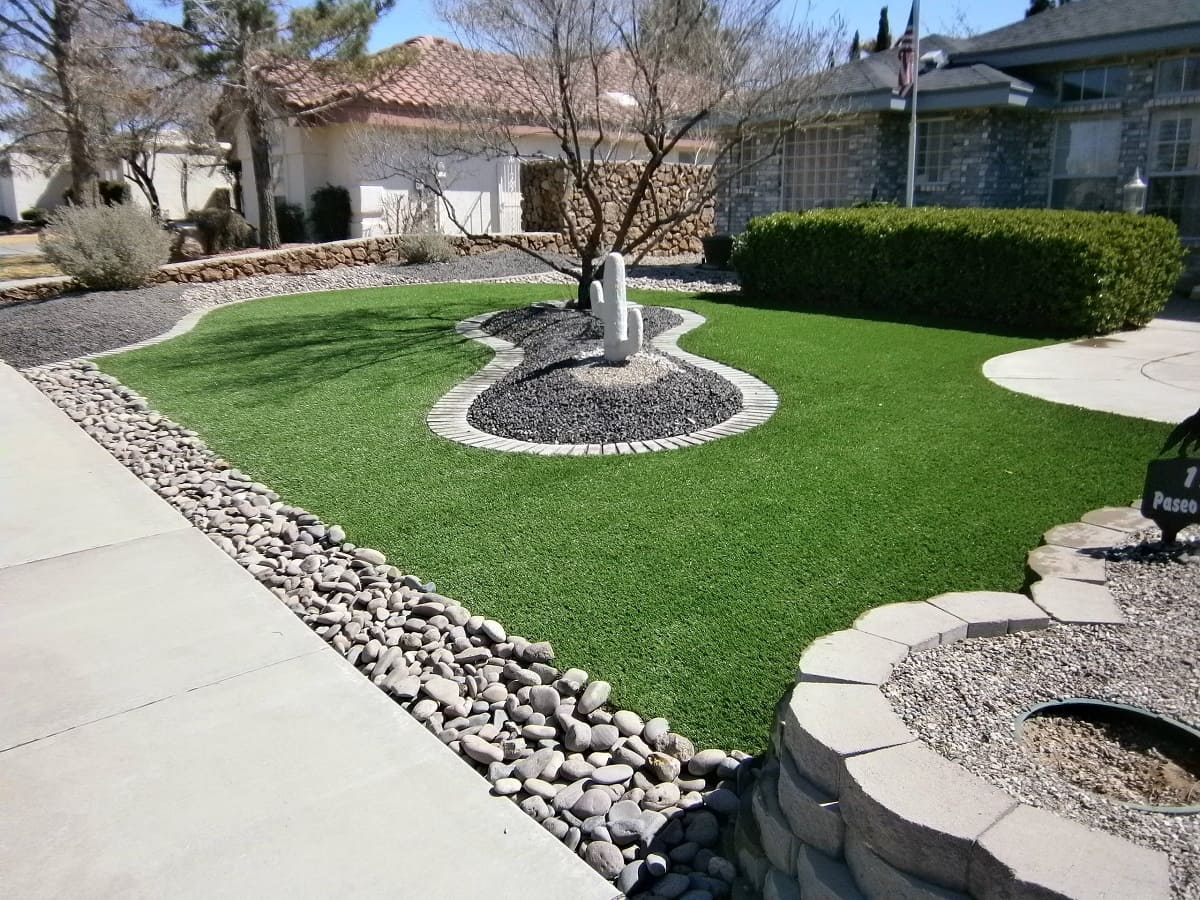
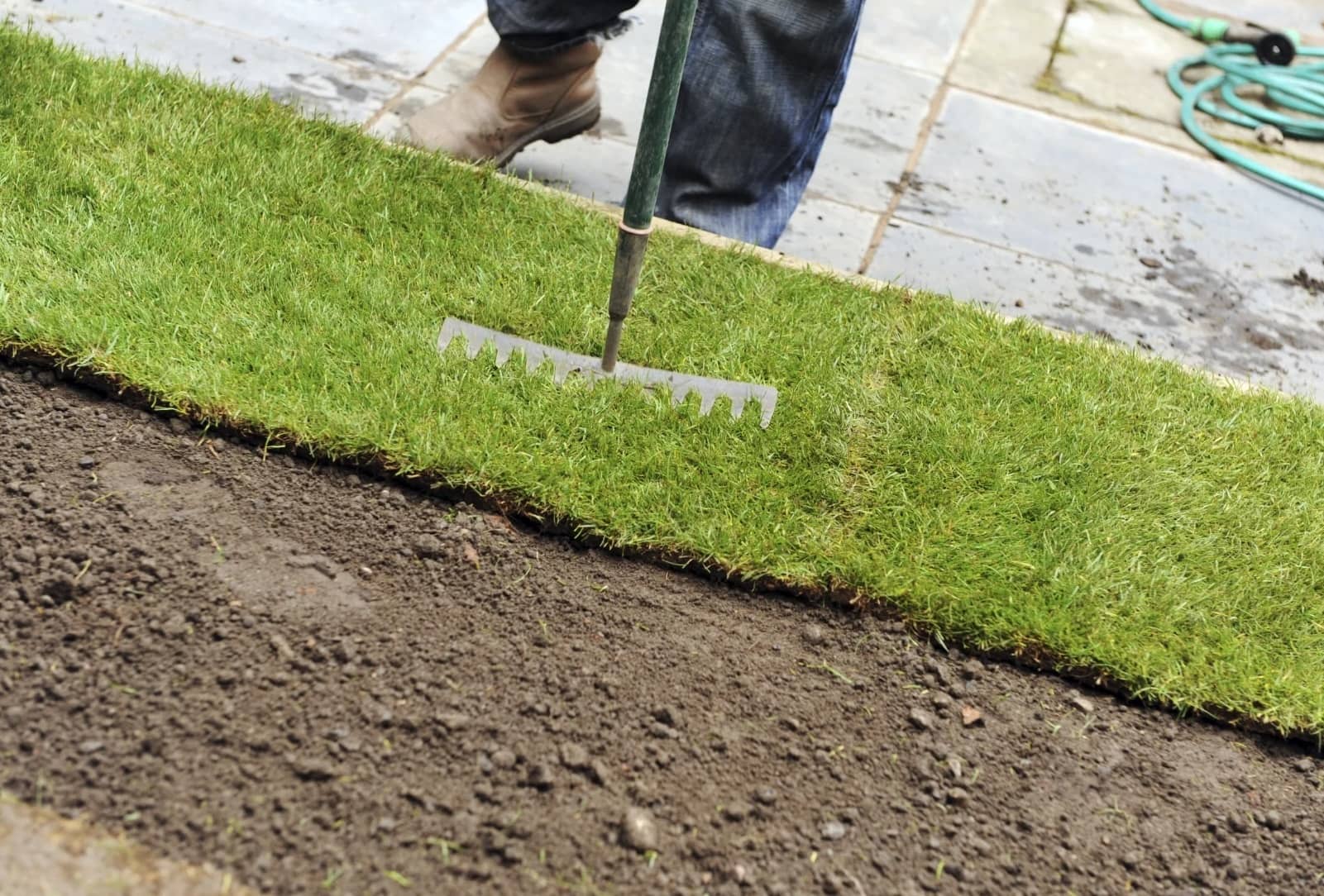
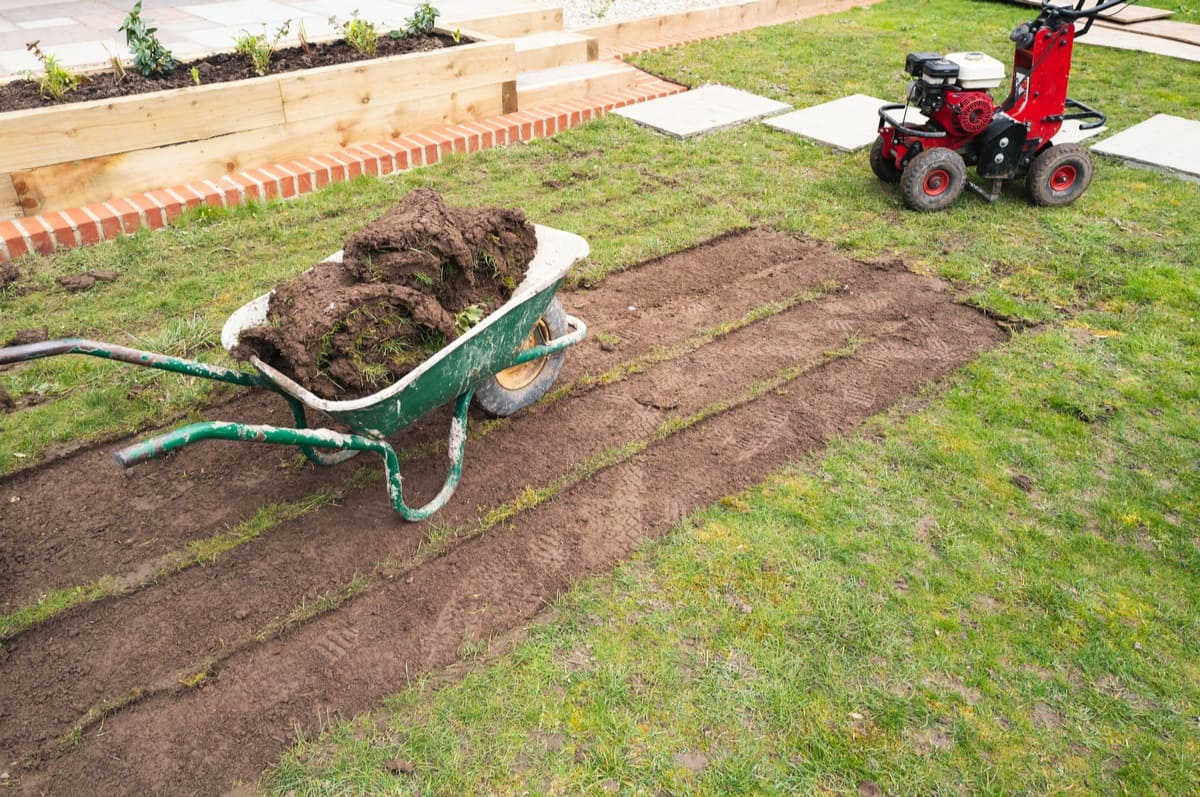
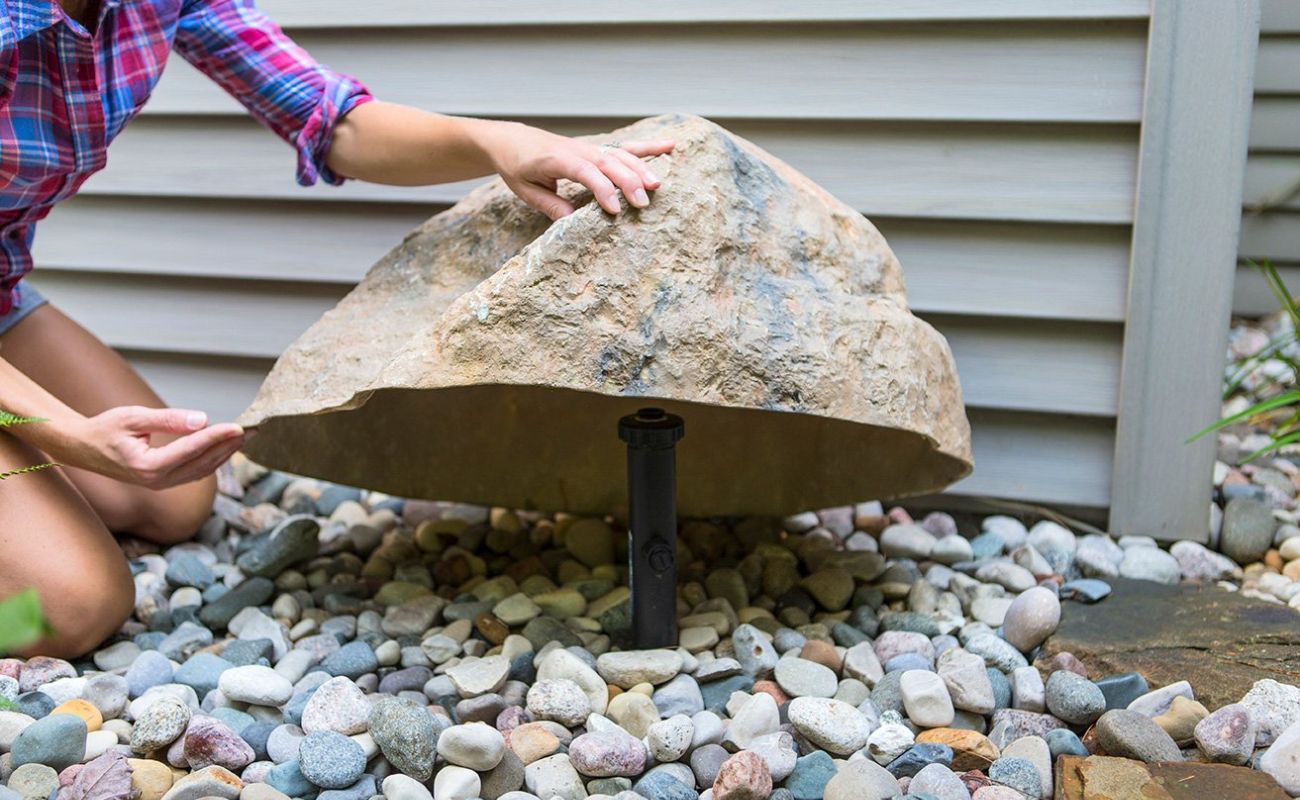
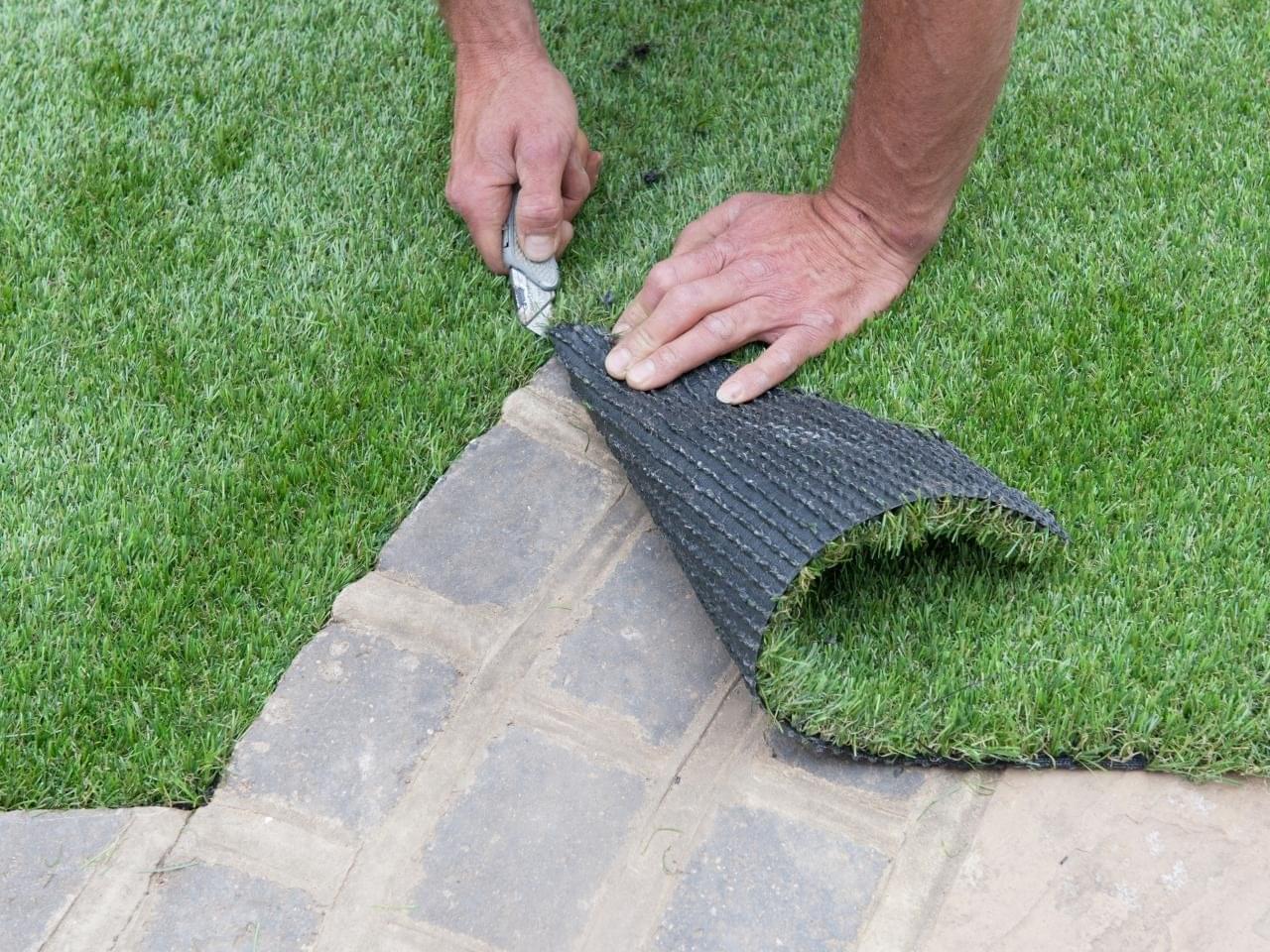
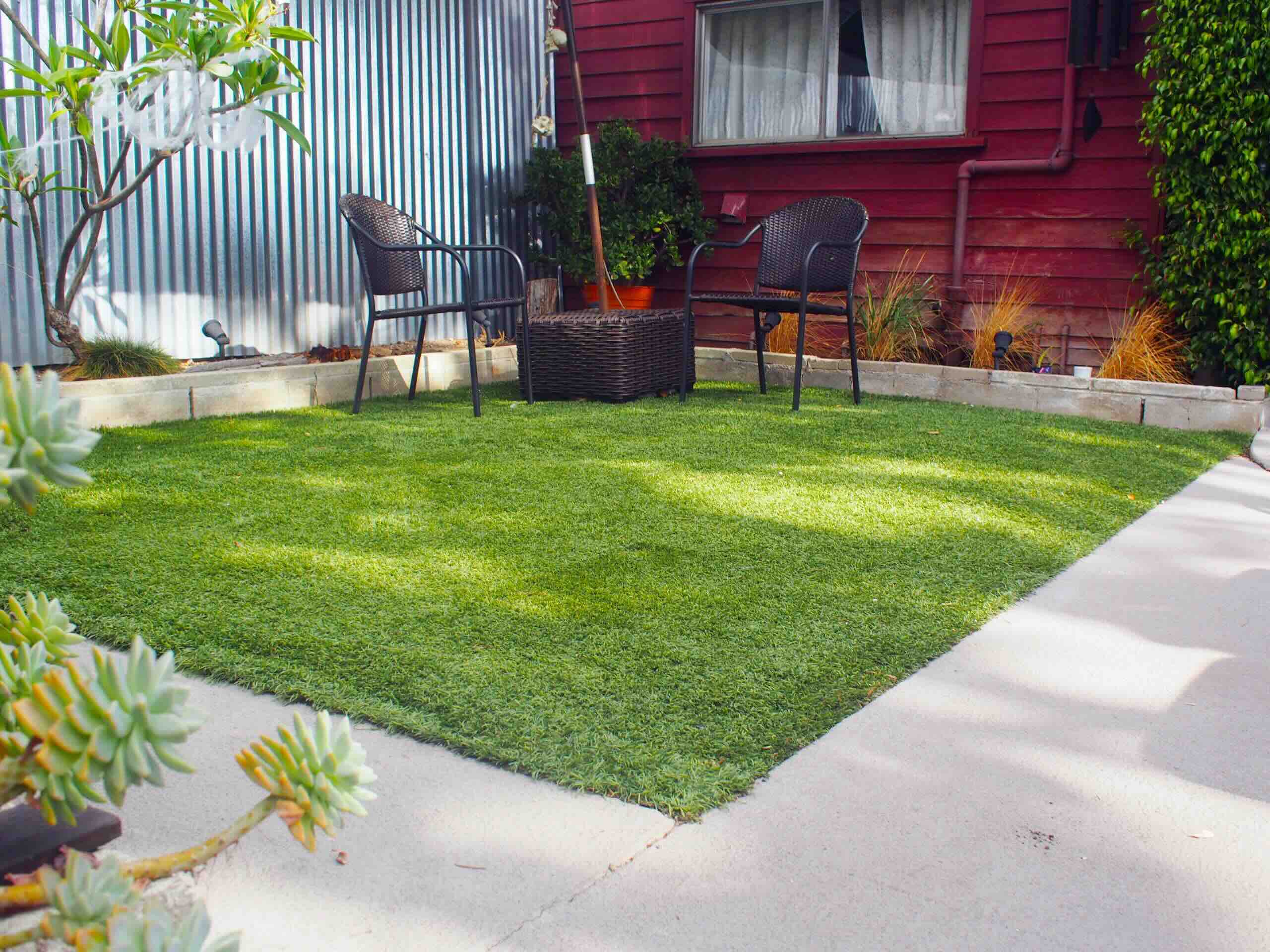


0 thoughts on “How To Take Care Of Fake Grass”